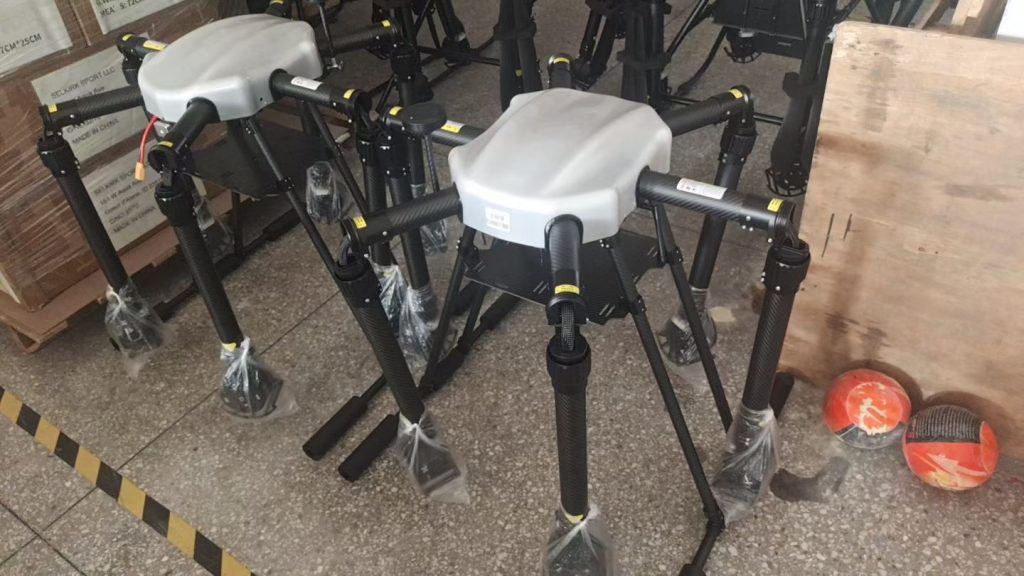
Wings Over the Cornfields: How Chinese Agri-Drones Are Revitalizing Mexican Farming
Mexico’s countryside, a vibrant tapestry of golden cornfields, coffee plantations clinging to volcanic slopes, and milpas (small family plots) buzzing with bees, is a land where agriculture pulses with ancient rhythms. For millennia, campesinos (peasant farmers) have tilled this soil, feeding the nation with maíz (corn), frijol (beans), and aguacate (avocado), while exporting world-renowned tequila and café de olla. Yet beneath this agrarian heritage, challenges fester. Aging farmers (over 60% are over 55), a youth exodus to cities like Mexico City or Guadalajara, and climate volatility—droughts that wither maize, hurricanes that flatten sugarcane—threaten the survival of these intimate, tradition-rich operations. It’s here, amid the scent of roasting coffee and the clatter of ox carts, that an unlikely helper has taken flight: agricultural drones imported from China, now gliding over Mexican fields to prove that innovation and tradition can nurture a more resilient, equitable future.
Mexico’s Farms: Rich Soil, Stiff Challenges
Mexican agriculture thrives on diversity but struggles with scale. In Oaxaca’s highlands, campesinos grow maíz criollo (heirloom corn) using century-old techniques, their seeds passed down like family relics. In Veracruz, sugarcane plantations stretch for miles, their harvests fueling Mexico’s rum industry. Yet for all its bounty, farming here is a daily act of resilience.
“On our 5-hectare milpa in Chiapas, we hand-spray pesticides every week,” says Doña Rosa, a 64-year-old farmer. “It takes three days, five workers, and half the chemicals end up in the Río Grijalva. Last year, a drought stunted my beans—half the crop was lost. Young people? They’re in Tuxtla Gutiérrez now. Who will keep this milpa alive?”
Climate change has sharpened these strains. Erratic rainfall disrupts planting cycles, while warmer temperatures accelerate pests like the fall armyworm. Mexico’s push to reduce chemical runoff (a key demand of U.S. and EU importers) demands smarter tools. “We need to protect our land and feed our families,” adds Carlos, who runs a small coffee cooperative in Chiapas. “But monitoring 10 hectares of slopes for blight? Impossible by foot. My hands are full just repairing terraces.”
Drones Tailored for Mexico’s Land and Love of the Soil
When we first explored exporting to Mexico, we didn’t just send drones built for flat, industrial farms. We studied the country: its volcanic terrain, tropical humidity, and the quiet pride of its farmers in “farming with orgullo (pride).” What emerged was a machine built not just for Mexico’s challenges, but for its culture of community and deep connection to the earth.
Built to conquer the highlands: With a reinforced aluminum frame and IP68-rated electronics, our drones thrive in Mexico’s misty, rain-soaked highlands. Their high-capacity batteries retain 90% charge even after 80 minutes of hovering in 25°C cool mountain air—critical for farmers working long days amid fog and mud. “In the past, my old sprayer rusted in two months,” Doña Rosa laughs. “This drone? It’s still flying strong after a year of hurricanes and coffee harvests. It doesn’t mind the altitude or the mud.”
Precision for small, sacred plots: Multispectral sensors map crop health at the leaf level, flagging early signs of drought, nutrient deficiency, or pest infestations. For Carlos’ coffee cooperative, this meant identifying blighted trees before they spread—saving 25% of their harvest last season. “The drone shows me exactly which trees need treatment,” he explains. “No more blanketing the whole slope. My coffee tastes the same, but my costs are down.”
Simple enough for abuelos, smart enough for youth: Many Mexican farmers are tech-curious but value tradition. We designed a Spanish-language app with one-touch “health scan” and “spray plan” modes, paired with workshops led by local agronomists in community centers, over tacos al pastor and atole (cornmeal drink). “I thought drones were for Mexico City’s tech kids,” admits Doña Rosa’s grandson, Luis, now a farm hand. “But after the training? I flew one myself. It’s like using a drone for photos—intuitive, and it makes me feel like I’m protecting our milpa for the future. Now I’m teaching my abuela how to read the soil maps. It’s bridging generations.”
More Than Machines: Trust in the Heart of Mesoamerica
In Mexico, trust is earned over atole and stories of campesinos overcoming odds. We didn’t just drop off drones; we partnered with the Secretaría de Agricultura y Desarrollo Rural (SADER) to host “drone field days,” where farmers tested our tech alongside traditional methods. At a corn cooperative in Oaxaca, growers compared drone-sprayed plots to hand-sprayed ones—finding 40% less chemical runoff and 15% higher yields. At a sugarcane plantation in Veracruz, managers used drone data to target fungicide application, slashing costs by 30%.
“Mexican farmers are resilient but pragmatic,” says SADER’s regional rep, Elena. “They need to see results, not specs. Once they do? They become our biggest champions.”
That trust deepened when we adapted to their reality. During last year’s drought, we rushed water-efficient nozzles to farmers using our drones. When Doña Rosa struggled to map steep coffee terraces, our engineers updated the flight algorithm to hug contour lines—avoiding crashes into rock walls. “You didn’t just sell us a tool,” Carlos says. “You stayed when the rains failed. That’s confianza (trust).”
Today, drones are quietly transforming Mexican farming:
-
Corn Farms (Chiapas): Doña Rosa now monitors her crop weekly, cutting chemical use by 45% and saving 20% of her harvest. “My corn feeds my family, and my grandson’s staying. He sees a future here—with drones.”
-
Coffee Cooperatives (Oaxaca): Carlos’ group uses drones to optimize harvest timing, boosting bean quality by 18%. “Our coffee now fetches premium prices in Europe. Tourists love hearing about our ‘drone-tended’ beans.”
-
Sugarcane Plantations (Veracruz): Luis’ team uses drones to spot early signs of sugarcane borer, treating small infestations before they spread. “Last year, we saved 30% of our crop. The drone is our new scout—faster and kinder to the land.”
A Partnership Rooted in Growth and Respect
What began as a business venture has become a collaboration. Mexican farmers teach us about their land: how drones handle the country’s sudden mountain mists, which crops (like agave for tequila) need gentler spray settings, even which local phrases make training stick (“¡Vuela, dron!”—“Fly, drone!”—is now our workshop cheer). In return, we’re refining our drones: larger tanks for Oaxaca’s bigger coffee farms, quieter motors to avoid spooking oxen, and solar panels to extend flight time in long dry seasons.
As Mexico aims to boost agricultural exports by 25% by 2030, drones offer more than efficiency—they offer hope. They let young farmers like Luis see a future where technology and tradition coexist. They let elders like Doña Rosa pass down farming wisdom without burning out. And they let this Mesoamerican nation prove that even in a world of industrial farms, small plots can thrive with tools that respect the earth.
So when you next see a drone gliding over Mexican cornfields or coffee terraces, know this: it’s not just flying. It’s carrying the dreams of a community, the lessons of a factory halfway across the world, and the quiet belief that the best innovations honor the past while nurturing the future.
After all, in a land where the soil is rich with history, progress should feel like coming home—warmer, wiser, and ready to grow.
THE END

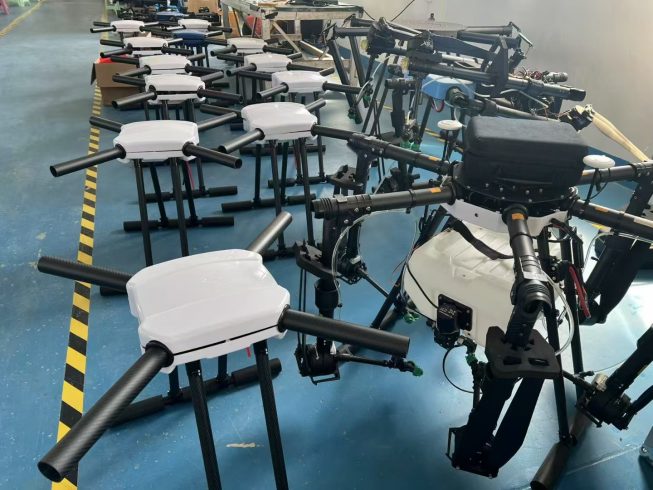
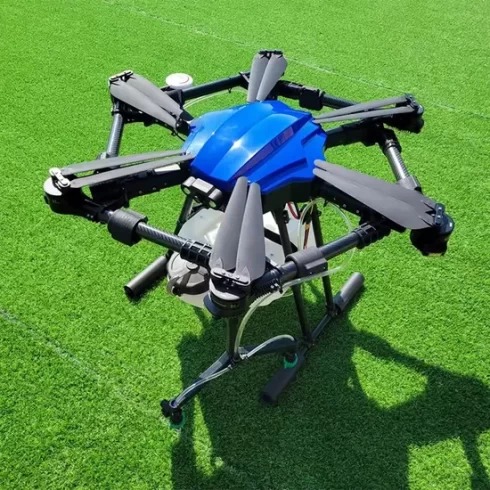
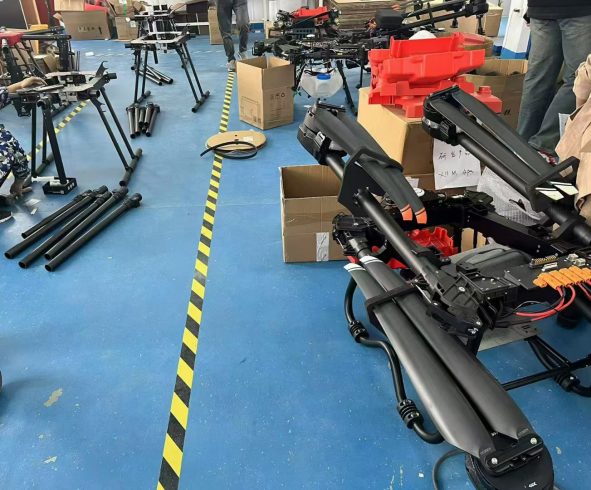
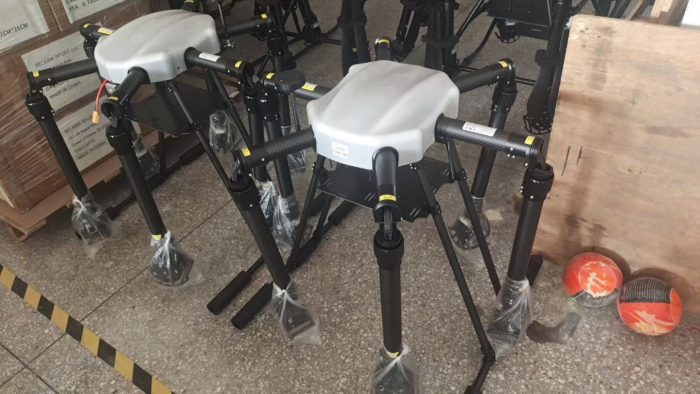
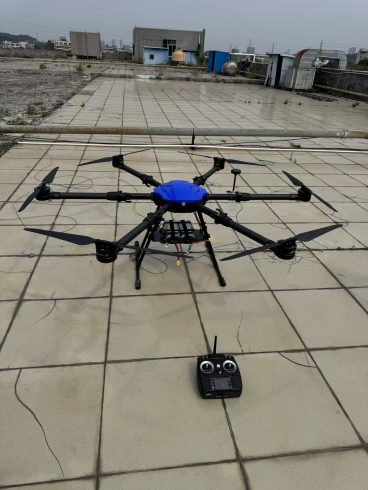
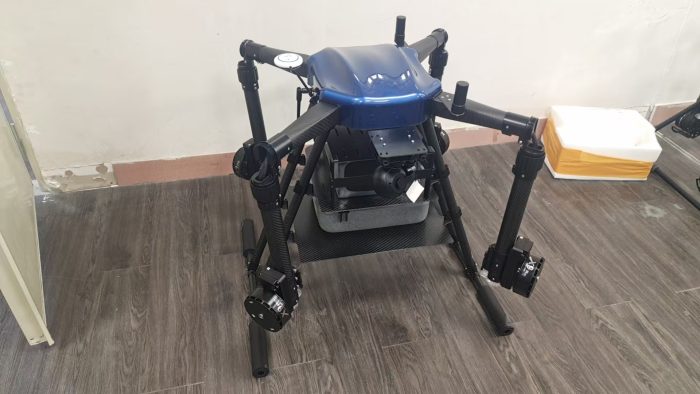
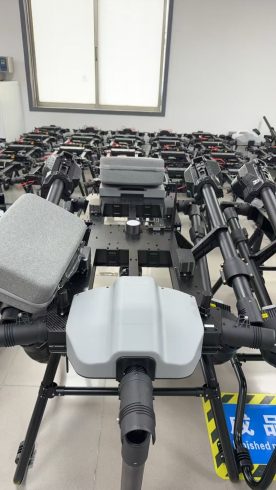

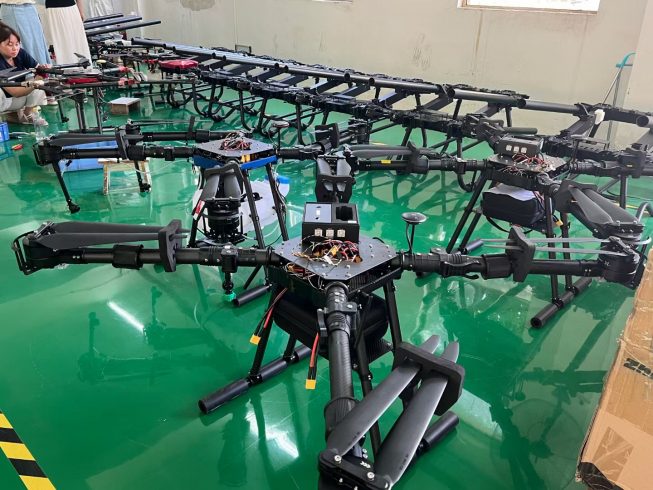

暂无评论内容